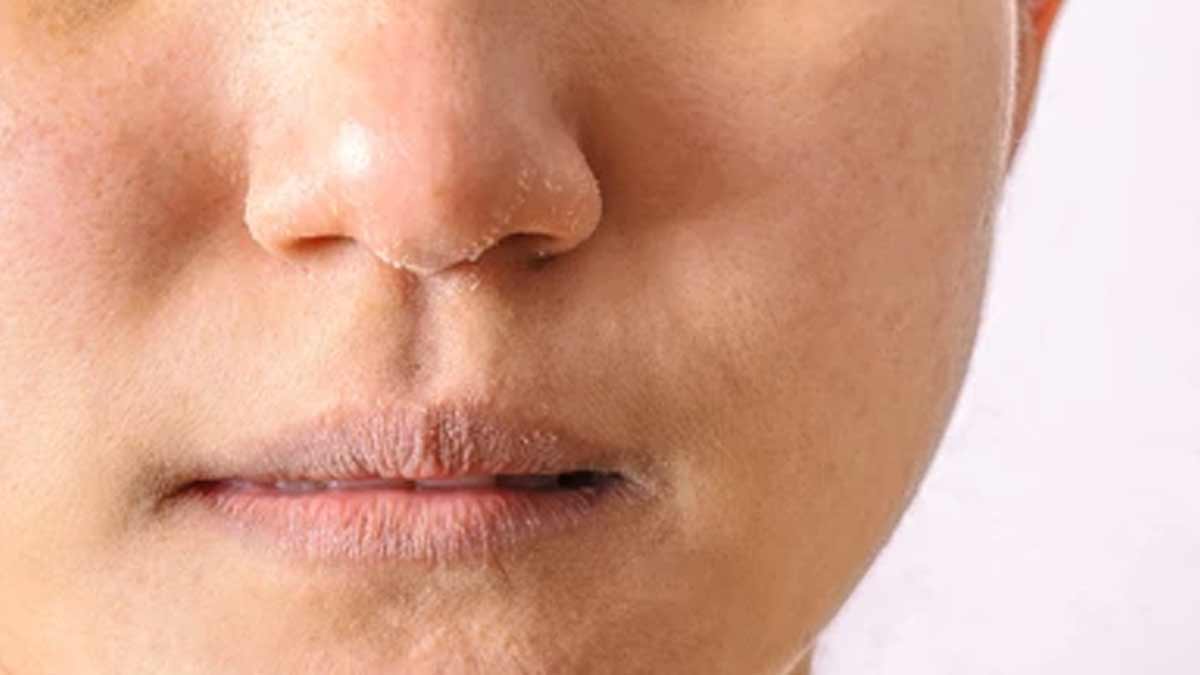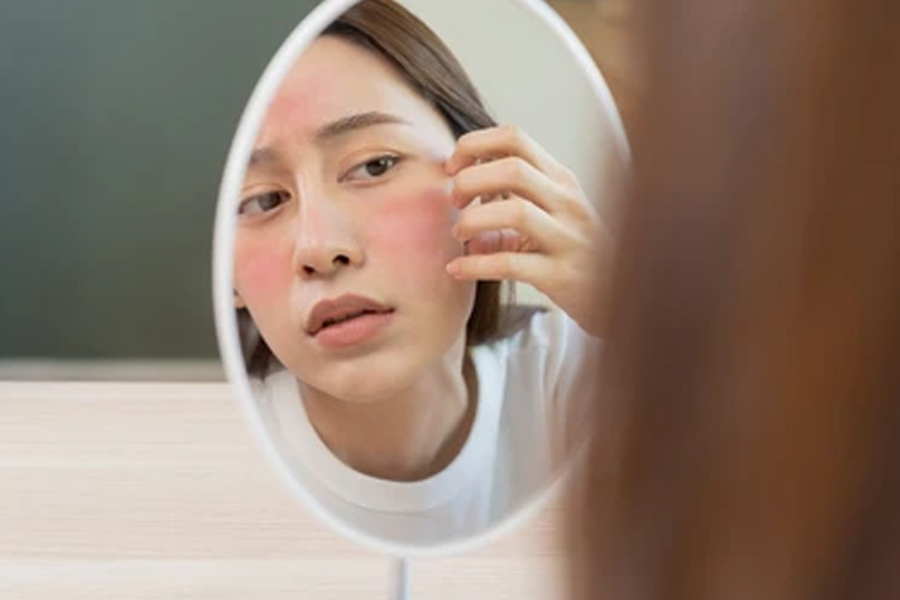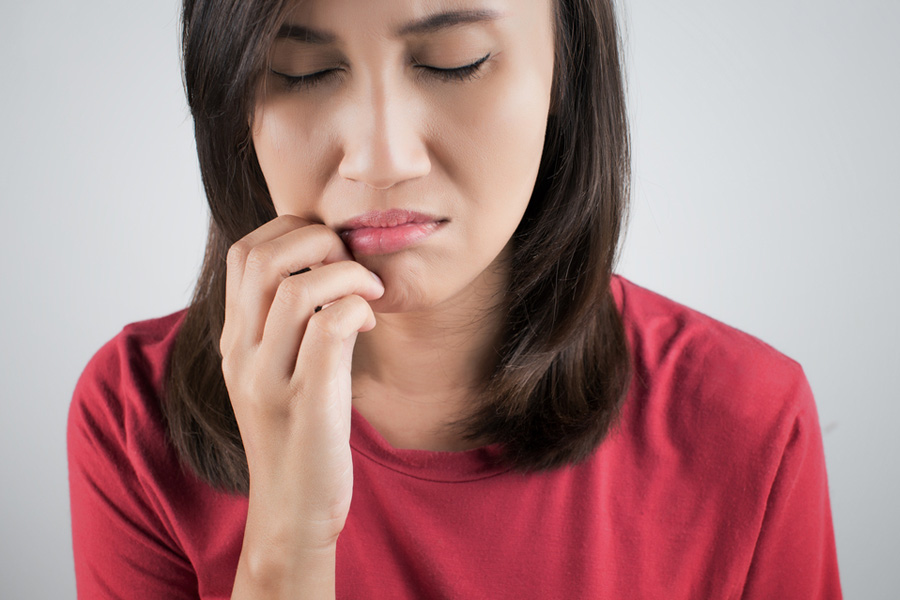
Have you ever developed round, scaly patches on your skin, particularly the face? Did they ever make you wonder what they are or feel concerned about why they occur? If that is the case and if you still haven’t figured it out, the condition is called pityriasis alba, a dermatological problem that may be related to eczema. It is typically harmless, non-contagious, and can heal on its own; however, it may leave a pale, light-coloured mark on the skin, which can cause cosmetic concerns. Talking to the OnlyMyHealth team, Dr Ramdas, Senior Dermatologist, Kamineni Hospitals, LB Nagar, Hyderabad, discussed its causes and treatment options.
Table of Content:-
Also Read: Skin Rash Or Eczema? Expert Helps You Find Out The Difference
What Causes Pityriasis Alba?

While the exact cause of pityriasis alba is not fully understood, given its association with atopic dermatitis, or eczema, several factors may contribute to its development, said Dr Ramdas. These include:
- Skin irritation from friction or scratching
- Sun exposure in fair-skinned individuals
- Genetic predisposition
In general, eczema can be caused by a weakened skin barrier function, which is unable to protect your skin from allergens and irritants.
Environmental factors like dust mites, harsh soaps, dry air, and even certain foods can act as triggers, causing flare-ups of eczema symptoms.
Moreover, stress can also worsen symptoms, highlighting the mind-body connection in this condition.
How To Identify Pityriasis Alba?
Dr Ramdas said, “Pityriasis alba typically presents with round or oval patches that are light-coloured and may exhibit slight scaling.”
The location of the skin patches can also help in identifying the condition. According to StatsPearls Publishing, they are usually found on the face, especially the cheeks, arms, and upper trunk, and are more prevalent in individuals with darker skin types.
Adding further, Dr Ramdas shared that these affected areas often feel dry or rough to the touch due to underlying skin dryness.
"While the itching associated with this condition is usually mild, scratching can exacerbate the discomfort,” he said, recommending prompt and appropriate skincare measures to alleviate dryness and minimise itching.
Also Read: Skincare: Home Remedies To Naturally Close Open Pores
Is Pityriasis Alba More Common In Children?

Research suggests pityriasis alba occurs more commonly in children aged 3 to 16, with 90% of cases occurring in those younger than 12. One of the reasons behind it is children's inherently sensitive skin, which increases their susceptibility to conditions like eczema, said Dr Ramdas.
He added that their engagement in outdoor activities may expose them to environmental factors, such as sunlight, potentially exacerbating the condition.
Additionally, the ongoing development of their immune system may impact the manner of development of the condition.
Therefore, it is important that parents prevent their children from scratching the affected area, as it can lead to irritation and worsen the symptoms.
Treatment Options

While pityriasis alba usually goes away on its own and does not require any medical attention, treatment can involve using moisturisers with ceramides or hyaluronic acid to reduce dryness.
Topical corticosteroids may be needed for itching or inflammation, whereas sunscreen is crucial for sun protection.
You must also avoid irritants like harsh soaps, as they can lead to flare-ups.
Most importantly, adequate hydration and considering dietary factors such as omega-3 fatty acids or probiotics may also help improve the condition.
Also watch this video
Read Next
Mulethi For Reducing Dark Spots: Expert Explains How It Reduce Hyperpigmentation And How To Use It
How we keep this article up to date:
We work with experts and keep a close eye on the latest in health and wellness. Whenever there is a new research or helpful information, we update our articles with accurate and useful advice.
Current Version